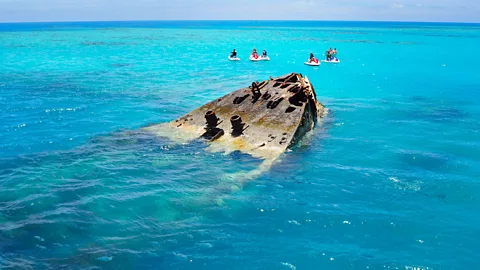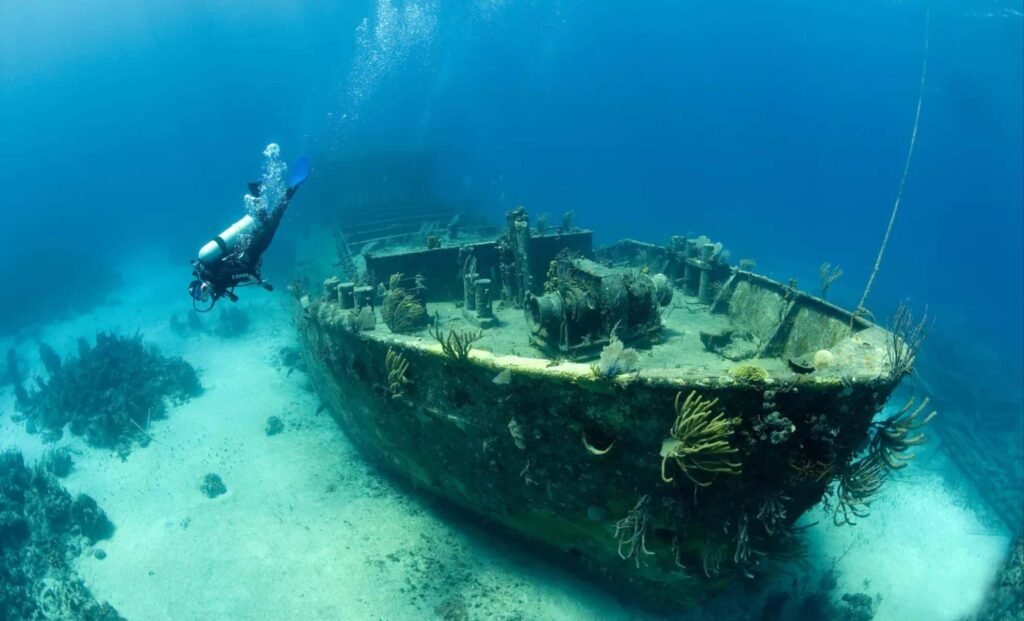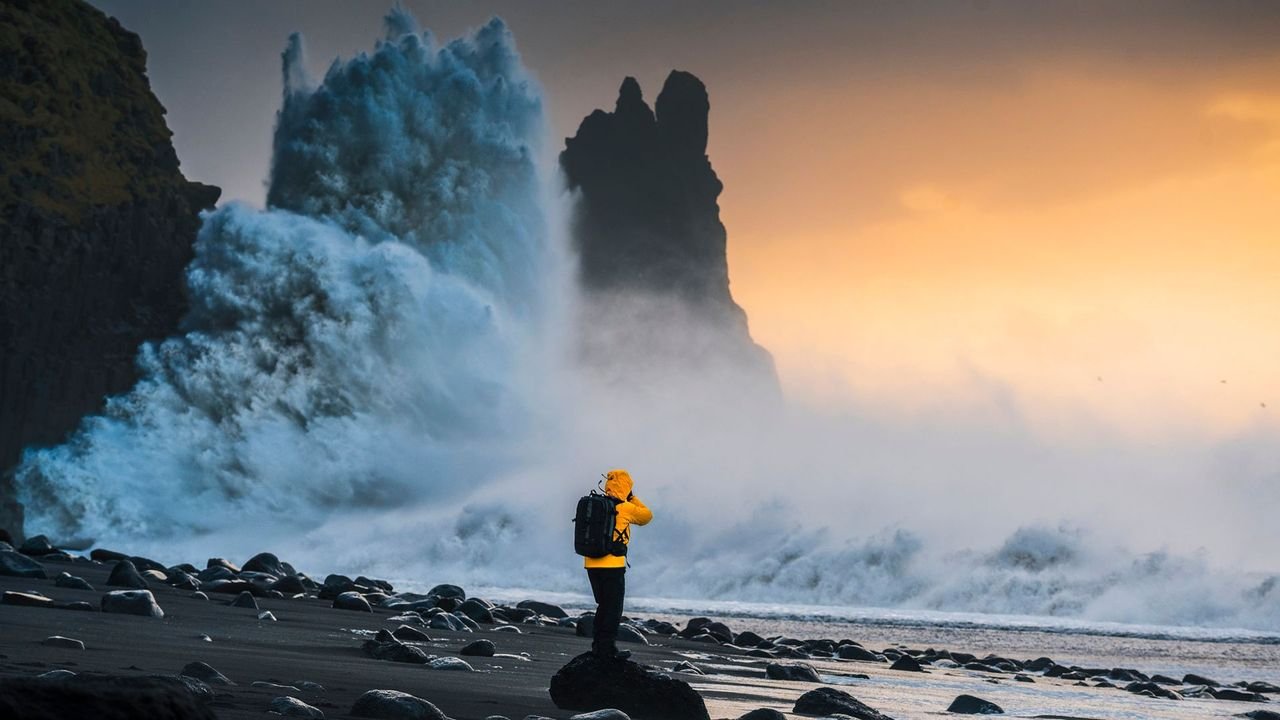US treasure hunters uncover shipwrecks along the windswept beaches of North Carolina and the coral reefs of Bermuda. Powerful storms reveal relics hidden for centuries. You don’t need to be a professional diver to discover these historical treasures.
How Storms Help US Treasure Hunters Shipwrecks Come to Light
As hurricane season peaks along the US East Coast and across the Atlantic, coastal towns brace for flooding and erosion. Yet for divers, snorkelers, and even casual beachgoers, these turbulent conditions can reveal extraordinary finds. Centuries-old ship hulls, cargo, and lost artifacts often reshape our understanding of maritime history.

The Carolinas and Bermuda are among the world’s most shipwreck-dense areas. Hurricanes frequently expose long-forgotten relics. Marine archaeologists rush to document and protect these discoveries, but often, adventurous locals or travelers see them first.
The “Graveyard of the Atlantic” and US Treasure Hunters
North Carolina’s coast, nicknamed the “Graveyard of the Atlantic,” holds more than 1,000 known wrecks. They range from Civil War blockade runners to German U-boats. Bermuda, perched on a dangerous coral platform, has claimed over 300 ships since the 1500s. This history makes the “Bermuda Triangle” one of the world’s densest shipwreck zones.
Philippe Rouja, Bermuda’s Custodian of Wrecks, says hurricanes can shift entire wrecks and reveal artifacts. You should revisit every shipwreck you think you know after a storm,” he explains. “It’s a mix of excitement and caution.”
US Treasure Hunters Shipwrecks in Bermuda’s Underwater Time Capsules
Rouja works closely with local dive shops to monitor and report new finds. Divers visiting during hurricane season, from June to November, may be the first to spot artifacts unseen for centuries.

Even the smallest item, like an old shoe or preserved anchovy can, can help identify a wreck. Recently, a casual lobster diver discovered the wreck of the Justice, a vessel that sank in 1950.
Shipwreck Discoveries Without Diving
Not all treasures lie beneath the waves. In North Carolina, storms uncover wrecks buried under dunes for centuries. Shifting sands and strong tides bring them back to light. US treasure hunters shipwrecks.
“People walking their dogs on the beach often see ship frames sticking out after big storms,” says Stephen Atkinson, a shipwreck expert with North Carolina’s Underwater Archaeology department.
One remarkable find, the Corolla Wreck, emerged in the Outer Banks after a windstorm. Gold coins nearby date to the early 1600s, possibly making it North Carolina’s oldest known shipwreck. It predates Blackbeard’s famous Queen Anne’s Revenge, which sank in 1718 and was rediscovered in 1996.
Citizen Archaeologists on the Coast
Beachcombers are encouraged to report discoveries to the North Carolina Department of Natural and Cultural Resources. Reports are logged under the finder’s name, creating a lasting record. “We had a man named Scott Smith who reported a wreck,” Atkinson says. “I recorded it as ‘The Scott Smith Wreck.’”

The state’s Citizen Archaeologist Program lets both locals and tourists help in documenting wrecks. North Carolina is also joining Florida’s Shipwreck Tagging National Archaeological Program, which uses QR codes on wreck fragments to track movement after storms.
Storms Reveal Fossils in South Carolina
South Carolina’s beaches also reveal treasures, but not always shipwrecks. “Storms can strip sand and uncover fossils buried for millennia,” says Katie Lyons of Charleston Fossil Adventures.
After a recent hurricane, her team found an Ice Age monk seal arm bone, now preserved in a local museum. Fossil collectors eagerly hit the beaches after storms, knowing shell and gravel piles hold the best finds.
Bermuda’s Treasure Hunting Legacy
Bermuda’s most legendary treasure hunter was Teddy Tucker. In 1950, he discovered the emerald-studded Tucker Cross on a 16th-century Spanish wreck. It was stolen in the 1970s, but his find inspired a new wave of marine exploration. US treasure hunters shipwrecks.

Rouja advises divers to search beyond popular wreck sites. “Move a few hundred meters from the main site, and you’ll often find more,” he says. Many wrecks in Bermuda are in shallow waters, less than 80 feet deep. Many more remain undiscovered.
The Future of Shipwreck Discoveries
As storms grow stronger due to climate change, more shipwrecks are expected to surface. Drones and underwater mapping technology are making discoveries easier for both professionals and hobbyists.
Famous finds, like the five bottles of wine from the 1864 Marie Celeste wreck, continue to fascinate the public. Rouja is still searching for his “white whale” – a 100-pound bronze rooster from the Cristobal Colon. “If someone found that, it would be incredible,” he says.




